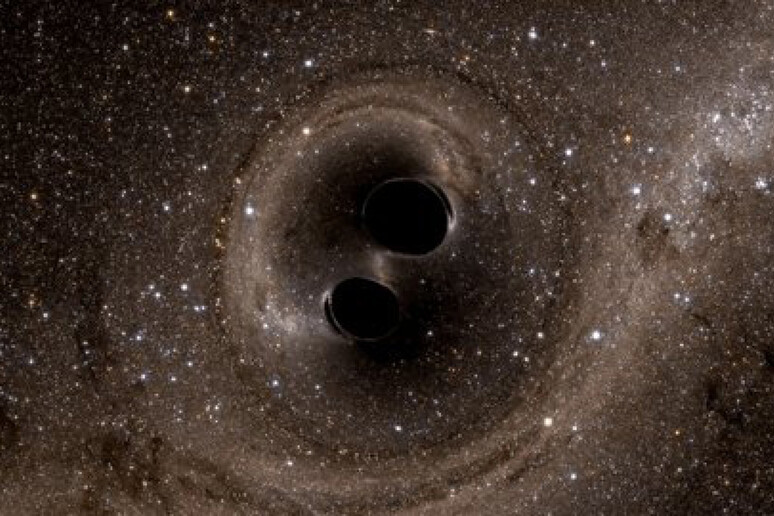Independent observations made by the
most powerful radio telescopes around the world including the
Sardinia Radio Telescope have discovered new gravitational waves
that oscillate very slowly and pervade every corner of the
universe with a regular rhythm reminiscent of breathing.
Astronomers say the discovery of the ultra long, very low
frequency gravitational waves opens a new chapter in
astrophysics, allowing phenomena that were previously hard to
detect to be studied.
The findings, published in multiple papers in the journals
Astronomy and Astrophysics and Astrophysical Journal Letters and
on the arXiv platform, are the work of five groups: the European
Pulsar Timing Array (Epta), in which Italy participated with the
National Institute of Astrophysics, through its Cagliari
section, the Sardinia Radio Telescope and the University of
Milan Bicocca; the Indian Pulsar Timing Array (InPta)
collaboration involving India and Japan; the Nird America with
NanoGrav; Australia with Ppta; and China with Cpta.
But the breath of space-time could be captured above all thanks
to pulsars, namely extremely dense stars that rotate on
themselves and whose rhythm is altered by the passage of new
gravitational waves.
Radio telescopes measured these alterations with precision,
obtaining a kind of portrait of the dilations and compressions
of space-time.
Besides the Sardinia RadioTelescope, the European radio
telescopes that took part in the discovery are the Effelsberg
Radio Telescope in Germany, the Lovell Telescope at the Jodrell
Bank Observatory in the United Kingdom, the Nancay Radio
Telescope in France and the Westerbork Radio Synthesis Telescope
in the Netherlands.
ALL RIGHTS RESERVED © Copyright ANSA











